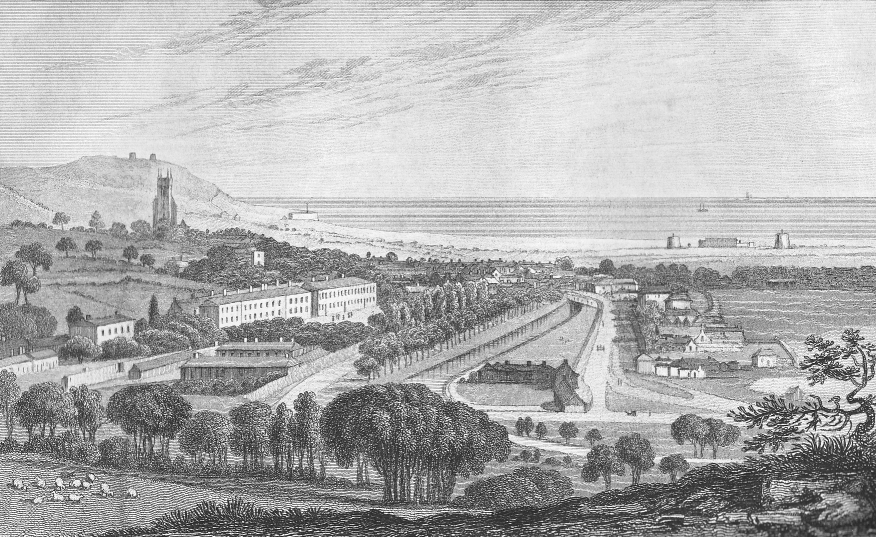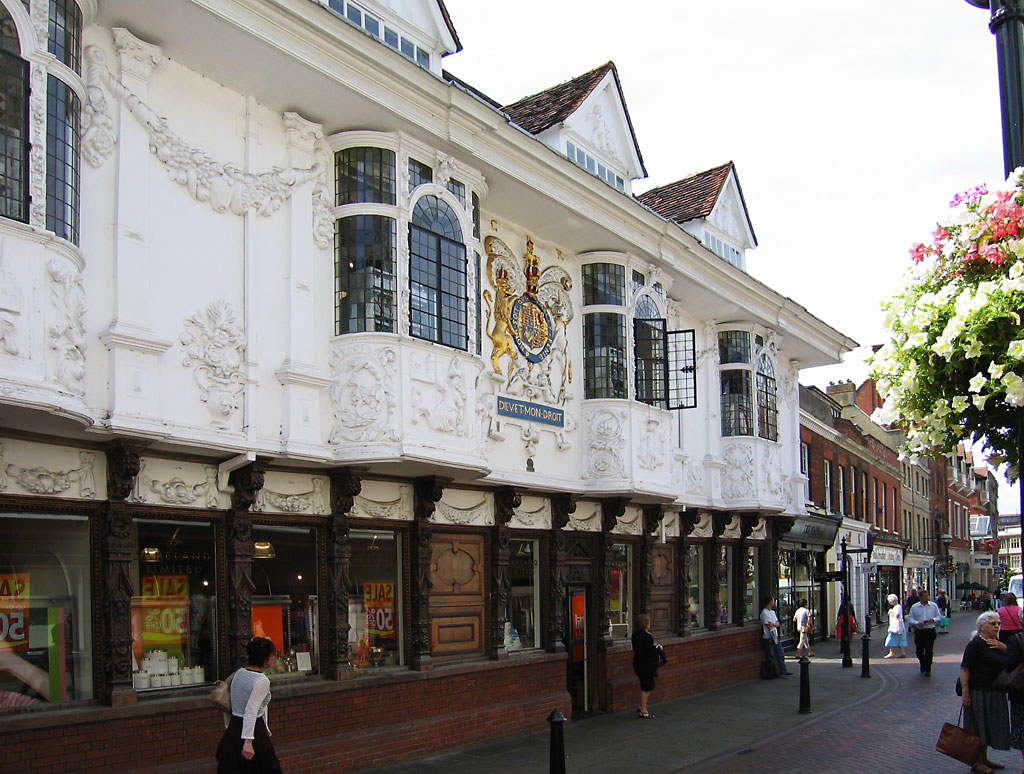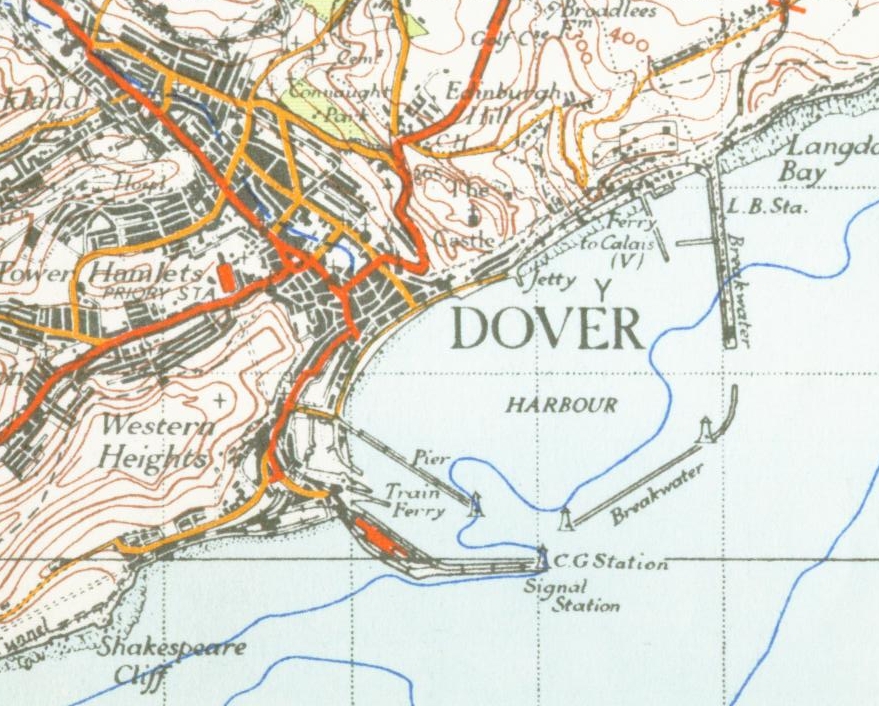|
Seagull Class Brig-sloop
The ''Seagull'' class were built as a class of thirteen 16-gun Sloop-of-war#Rigging, brig-sloops for the Royal Navy, although an extra 2 carronades were added soon after completion. The class was designed by one of the Surveyors of the Navy - William Rule (Surveyor of the Navy), Sir William Rule - and approved on 4 January 1805. Five vessels to this design were ordered in December 1804; eight more were ordered in the summer of 1805. Armament Unlike the larger s, whose main battery was composed of 32-pounder carronades, the ''Seagull'' class (and the similar s designed by Rule's co-surveyor - John Henslow (Surveyor of the Navy), Sir John Henslow) were armed with a main battery of 24-pounder slide-mounted carronades. Ships References * {{Seagull class brig sloop Sloops of the Royal Navy Sloop classes ... [...More Info...] [...Related Items...] OR: [Wikipedia] [Google] [Baidu] |
Brig-sloop
During the 18th and 19th centuries, a sloop-of-war was a warship of the Royal Navy with a single gun deck that carried up to 18 guns. The rating system of the Royal Navy covered all vessels with 20 or more guns; thus, the term encompassed all unrated warships, including gun-brigs and cutters. In technical terms, even the more specialised bomb vessels and fire ships were classed by the Royal Navy as sloops-of-war, and in practice these were employed in the role of a sloop-of-war when not carrying out their specialised functions. In World War I and World War II, the Royal Navy reused the term "sloop" for specialised convoy-defence vessels, including the of the First World War and the highly successful of the Second World War, with anti-aircraft and anti-submarine capabilities. They performed similar duties to the destroyer escorts of the United States Navy, and also performed similar duties to the smaller corvettes of the Royal Navy. Rigging A sloop-of-war was quite differe ... [...More Info...] [...Related Items...] OR: [Wikipedia] [Google] [Baidu] |
Kingston Upon Hull
Kingston upon Hull, usually shortened to Hull, is a historic maritime city and unitary authorities of England, unitary authority area in the East Riding of Yorkshire, England. It lies upon the River Hull at its confluence with the Humber Estuary, inland from the North Sea. It is a tightly bounded city which excludes the majority of its suburbs, with a population of (), it is the fourth-largest city in the Yorkshire and the Humber region. The built-up area has a population of 436,300. Hull has more than 800 years of seafaring history and is known as Yorkshire's maritime city. The town of Wyke on Hull was founded late in the 12th century by the monks of Meaux Abbey as a port from which to export their wool. Renamed ''Kings-town upon Hull'' in 1299, Hull had been a market town, military supply port, trading centre, fishing and whaling centre and industrial metropolis. Hull was an early theatre of battle in the First English Civil War, English Civil Wars. Its 18th-century ... [...More Info...] [...Related Items...] OR: [Wikipedia] [Google] [Baidu] |
Hythe, Kent
Hythe () is an old market town and civil parish on the edge of Romney Marsh in Kent, England. ''Hythe'' is an Old English word meaning haven or landing place. History The earliest reference to Hythe is in Domesday Book (1086) though there is evidence of the area having been settled since Roman times. The town has mediaeval and Georgian buildings, as well as a Saxon/ Norman church on the hill and a Victorian seafront promenade. Hythe was once defended by castles at Saltwood and Lympne. Hythe Town Hall, a neoclassical style building, was completed in 1794. Hythe's market once took place in Market Square (now Red Lion Square) close to where there is now a farmers' market every second and fourth Saturday of the month. Hythe has gardening, horse riding, bowling, tennis, cricket, football, squash and sailing clubs. Lord Deedes was once patron of Hythe Civic Society. As an important Cinque Port, Hythe once possessed a bustling harbour which, over the course of 300 years ... [...More Info...] [...Related Items...] OR: [Wikipedia] [Google] [Baidu] |
Sandwich, Kent
Sandwich is a town and civil parish in the Dover District of Kent, south-east England. It lies on the River Stour, Kent, River Stour and has a population of 4,985. Sandwich was one of the Cinque Ports and still has many original medieval buildings, including several listed building, listed public houses and gates in the old town walls, churches, almshouses and the White Mill, Sandwich, White Mill. While it was once a major port, Sandwich is now from the sea due to the disappearance of the Wantsum Channel. Its historic centre has been preserved. Sandwich Bay, Kent, Sandwich Bay is home to nature reserves and two world-class golf courses, Royal St George's and Prince's Golf Club, Sandwich, Prince's. The town is also a home to many educational and cultural events. Sandwich also gave its name to Sandwich, the food by way of John Montagu, 4th Earl of Sandwich, and the word ''sandwich'' is now found in several languages. Etymology The place-name 'Sandwich' is first attested in the ' ... [...More Info...] [...Related Items...] OR: [Wikipedia] [Google] [Baidu] |
Manningtree
Manningtree is a town and civil parish in the Tendring district of Essex, England, which lies on the River Stour. It is part of the Suffolk Coast and Heaths Area of Outstanding Natural Beauty. Smallest town claim Manningtree has traditionally claimed to be the smallest town in England, but its 2007 population of 700 people in 20 hectares and the 2011 census population for the civil parish of 900 are much higher than the 351 population of Fordwich, Kent. However, it is believed to be the smallest town by area. In April 2009 it was proposed that Manningtree should merge with Mistley and Lawford to form a single parish, losing its separate identity as a town. As of 2023 such a merger has not occurred. History The name Manningtree is thought to derive from 'many trees'. The town grew around the wool trade from the 15th century until its decline in the 18th century and also had a thriving shipping trade in corn, timber and coal until this declined with the coming of the railwa ... [...More Info...] [...Related Items...] OR: [Wikipedia] [Google] [Baidu] |
Barnstaple
Barnstaple ( or ) is a river-port town and civil parish in the North Devon district of Devon, England. The town lies at the River Taw's lowest crossing point before the Bristol Channel. From the 14th century, it was licensed to export wool from which it earned great wealth. Later it imported Irish wool, but its harbour silted up and other trades developed such as shipbuilding, foundries and sawmills. A Victorian market building survives, with a high glass and timber roof on iron columns. Toponymy The name is first recorded in the 10th century and is thought to derive from the Early English ''bearde'', meaning "battle-axe", and ''stapol'', meaning "pillar", i.e. a post or pillar to mark a religious or administrative meeting place. The derivation from ''staple'' meaning "market", indicating a market from its foundation, is likely to be incorrect, as the use of ''staple'' in that sense first appears in 1423. Barnstaple was formerly referred to as "Barum", as a contraction of the L ... [...More Info...] [...Related Items...] OR: [Wikipedia] [Google] [Baidu] |
Newcastle Upon Tyne
Newcastle upon Tyne, or simply Newcastle ( , Received Pronunciation, RP: ), is a City status in the United Kingdom, cathedral city and metropolitan borough in Tyne and Wear, England. It is England's northernmost metropolitan borough, located on the River Tyne's northern bank opposite Gateshead to the south. It is the most populous settlement in the Tyneside conurbation and North East England. Newcastle developed around a Roman Empire, Roman settlement called Pons Aelius. The settlement became known as ''Monkchester'' before taking on the name of The Castle, Newcastle, a castle built in 1080 by William the Conqueror's eldest son, Robert Curthose. It was one of the world's largest ship building and repair centres during the Industrial Revolution. Newcastle was historically part of the county of Northumberland, but governed as a county corporate after 1400. In 1974, Newcastle became part of the newly-created metropolitan county of Tyne and Wear. The local authority is Newcastle Ci ... [...More Info...] [...Related Items...] OR: [Wikipedia] [Google] [Baidu] |
Southampton
Southampton is a port City status in the United Kingdom, city and unitary authority in Hampshire, England. It is located approximately southwest of London, west of Portsmouth, and southeast of Salisbury. Southampton had a population of 253,651 at the 2011 census, making it one of the most populous cities in southern England. Southampton forms part of the larger South Hampshire conurbation which includes the city of Portsmouth and the boroughs of Borough of Havant, Havant, Borough of Eastleigh, Eastleigh, Borough of Fareham, Fareham and Gosport. A major port, and close to the New Forest, Southampton lies at the northernmost point of Southampton Water, at the confluence of the River Test and River Itchen, Hampshire, Itchen, with the River Hamble joining to the south. Southampton is classified as a Medium-Port City. Southampton was the departure point for the and home to 500 of the people who perished on board. The Supermarine Spitfire, Spitfire was built in the city and Sout ... [...More Info...] [...Related Items...] OR: [Wikipedia] [Google] [Baidu] |
Ipswich
Ipswich () is a port town and Borough status in the United Kingdom, borough in Suffolk, England. It is the county town, and largest in Suffolk, followed by Lowestoft and Bury St Edmunds, and the third-largest population centre in East Anglia, after Peterborough and Norwich. It is northeast of London and in 2011 had a population of 144,957. The Ipswich built-up area is the fourth-largest in the East of England and the 42nd-largest in England and Wales. It includes the towns and villages of Kesgrave, Woodbridge, Suffolk, Woodbridge, Bramford and Martlesham Heath. Ipswich was first recorded during the medieval period as ''Gippeswic'', the town has also been recorded as ''Gyppewicus'' and ''Yppswyche''. It has been continuously inhabited since the Anglo-Saxon settlement of Britain, Saxon period, and is believed to be one of the Oldest town in Britain, oldest towns in the United Kingdom.Hills, Catherine"England's Oldest Town" Retrieved 2 August 2015. The settlement was of great eco ... [...More Info...] [...Related Items...] OR: [Wikipedia] [Google] [Baidu] |
Dover
Dover ( ) is a town and major ferry port in Kent, southeast England. It faces France across the Strait of Dover, the narrowest part of the English Channel at from Cap Gris Nez in France. It lies southeast of Canterbury and east of Maidstone. The town is the administrative centre of the Dover District and home of the Port of Dover. Archaeological finds have revealed that the area has always been a focus for peoples entering and leaving Great Britain, Britain. The name derives from the River Dour that flows through it. In recent times the town has undergone transformations with a high-speed rail link to London, new retail in town with St James' area opened in 2018, and a revamped promenade and beachfront. This followed in 2019, with a new 500m Pier to the west of the Harbour, and new Marina unveiled as part of a £330m investment in the area. It has also been a point of destination for many English Channel migrant crossings (2018-present), illegal migrant crossings. The Port ... [...More Info...] [...Related Items...] OR: [Wikipedia] [Google] [Baidu] |
Builder's Old Measurement
Builder's Old Measurement (BOM, bm, OM, and o.m.) is the method used in England from approximately 1650 to 1849 for calculating the cargo capacity of a ship. It is a volumetric measurement of cubic capacity. It estimated the tonnage of a ship based on length and maximum beam. It is expressed in "tons burden" (, ), and abbreviated "tons bm". The formula is: : \text = \frac where: * ''Length'' is the length, in feet, from the stem to the sternpost; * '' Beam'' is the maximum beam, in feet. The Builder's Old Measurement formula remained in effect until the advent of steam propulsion. Steamships required a different method of estimating tonnage, because the ratio of length to beam was larger and a significant volume of internal space was used for boilers and machinery. In 1849, the Moorsom System was created in the United Kingdom. The Moorsom system calculates the cargo-carrying capacity in cubic feet, another method of volumetric measurement. The capacity in cubic feet i ... [...More Info...] [...Related Items...] OR: [Wikipedia] [Google] [Baidu] |
John Henslow (Surveyor Of The Navy)
Sir John Henslow (9 October 1730 – 22 September 1815) was a Surveyor to the Navy in the British (Royal Navy), a post he held jointly or solely from 1784 to 1806. Career He was 7th child of John Henslow, a master carpenter in the dockyard at Woolwich. S. M. Walters and E. A. Stow CUP * 1745 Apprenticed to Sir Thomas Slade * 1762 Master Boat Builder at Woolwich * 1771 Assistant Surveyor to the Navy * 1784 Surveyor to the Navy * 1793 Knighted * 1806 retired to Sittingbourne, Kent Cape Henslow on Guadalcanal is named after him. From 1793 he worked jointly with William Rule (Surveyor of the Navy), William Rule. Among the vessels he designed were the s and four frigates to the same design, the first of w ... [...More Info...] [...Related Items...] OR: [Wikipedia] [Google] [Baidu] |






